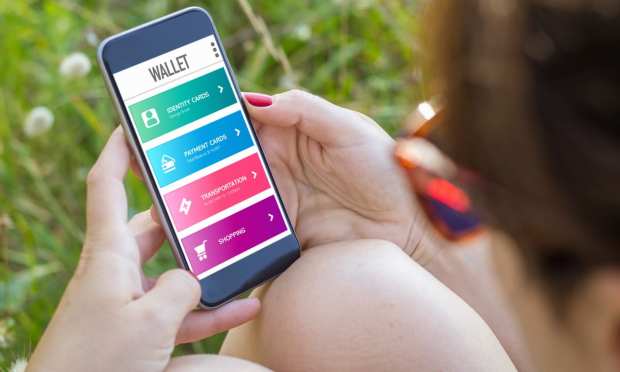Credit Unions Find Debit, Digital Issuance Trends Are Here To Stay

In recent months, we’ve seen debit emerge as a clear payment choice among consumers, where data shows double-digit percentage increases. During the 2020 holiday season, in fact, PSCU said recently that debit purchases were up more than 26 percent, while credit spend was up a bit more than 18 percent.
Unfortunately, since that time, the pandemic has not gone away, and the economic climate is still uncertain. The appeal of debit in this environment, according to Jeremiah Lotz, managing vice president of digital experience and payments at PSCU, “is for cardholders to manage their daily finances and, from a budgetary perspective, manage debt.”
PSCU, he said, has seen more relatively smaller transactions show up on the debit side of its payment options. Cardholders are opting to use debit transactions more than ever, even on card-not-present transactions, to fill everyday needs (including at sites such as Amazon, of course).
“Many consumers who have moved into digital have done so by necessity,” noted Lotz. “In the last several months, many of us changed our behaviors because we were, for lack of a better word, ‘forced’ to.” In the wake of the pandemic, he said, contactless transactions have shown sharp increases, driven, perhaps not surprisingly, by public health concerns. Awareness and use of contactless had already been growing before the pandemic. Just prior to COVID-19, he told PYMNTS, “within the U.S., we were seeing larger merchants and transit authorities driving some of the change and experience around contactless.”
But now, those trends are likely to stay firmly entrenched in the commerce landscape, said Lotz, as convenience and safety are fashioning a “new normal” that has supplanted the “insert card, wait and pay” characteristics of an in-person card payment at the terminal. More merchants have been offering contactless payment options as well, which should provide a tailwind for further adoption by consumers. Along with contactless transactions, the use of mobile wallets has also been growing at a healthy clip, where, as PSCU has estimated, debit purchases using digital wallets were up 62 percent during the latest holiday shopping season.
Even as consumers spent money on gifts for themselves and others, said Lotz, there was more planning and deliberate spending than had been seen in the past. Credit unions (CUs), he said, are seeing opportunities in breaking up larger purchases into several fixed payments.
“There’s an opportunity to meet the consumer where they are and make conscious and deliberate decisions, but also allowing them to still use the same channels and rails that we see as convenient to them, as well as credit unions,” Lotz added. It’s important for CUs to gauge how accounts are being used – not just payments – as they consider what new innovations to offer end users, he told PYMNTS.
Safety First
“From a safety perspective, the pandemic created a lot of education opportunities for both merchants and credit unions, with the existing technology of mobile wallets already familiar to consumers and the financial technology space,” Lotz noted. “But [the virus] gave us an opportunity to kind of re-educate consumers on usage.”
Digital issuance has proven to be a valuable component of the digital experience tied to wallets as consumers have increased usage. They have confidence in the security of the mobile application, as well as the device itself. That’s where digital issuance comes into play, said Lotz.
Among the use cases for digital issuance, there’s the dreaded scenario where a CU member loses a physical card. With digital issuance solutions on offer from PSCU, said Lotz, CUs can provide members with a seamless, uninterrupted experience that enables cardholders to digitally report the card stolen, mark transactions to be disputed and continue transacting – all in the absence of their physical card. Through push provisioning to a mobile wallet, the card credentials are accessible in real time.
“The new card is delivered to their mobile device through push provisioning directly into Apple Pay, Samsung Pay or Google Pay,” explained Lotz. Consumers don’t have to go to a branch to get a replacement card or wait for it to arrive in the mail, and the credit union retains the opportunity to remain “top of wallet” for the cardholder.
Even though digital issuance, mobile wallets and card-not-present transactions all might point to the conventional wisdom that commerce and banking will be done exclusively online, Lotz maintained that there is still a place for the in-branch credit union experience. Digitally-savvy customers may not opt to go to the physical branch to get cards or open accounts, but they can have other high-touch needs satisfied by an in-person visit. That can come as individuals or families need to tap a CU’s expertise in making the best decisions on their long-term financial goals, such as how to go about getting a mortgage.
“Credit unions are going to have an opportunity to leverage those physical interactions in those physical spaces for those truly highly valued interactions,” said Lotz.
